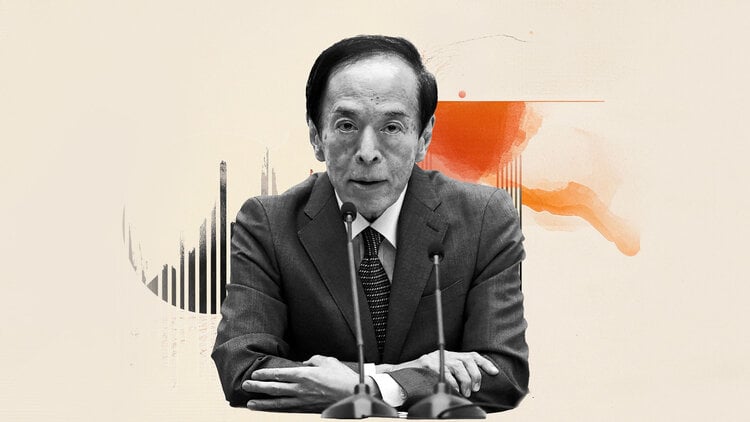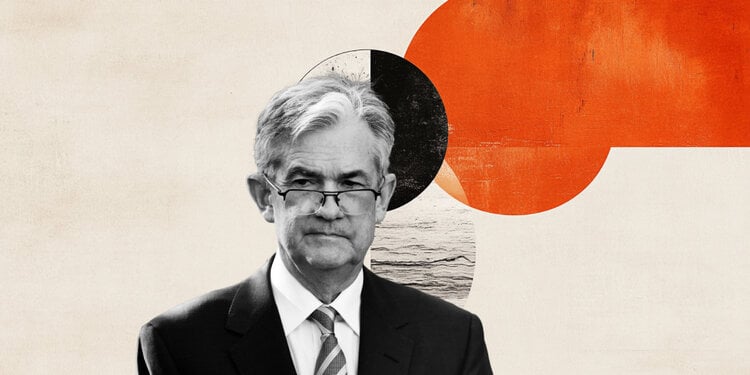- EUR/JPY rebounds near 160.00 in early European trading on Friday, gaining 0.45% on the day.
- BoJ’s Ueda said the central bank will continue to adjust the degree of easing if our economic and price outlook holds true.
- Investors are looking to ECB’s Lagarde for a fresh boost.
The EUR/JPY pair is gaining momentum around 160.00 during the European session on Friday. The Bank of Japan (BoJ) decided to keep its policy rate unchanged, as widely expected. However, the uncertain outlook for the BoJ’s monetary policy is likely to limit the Japanese Yen’s (JPY) upside for the time being.
The BoJ kept its benchmark interest rate steady at around 0.25%, the highest level since 2008, as it concluded a two-day meeting on Friday. The central bank is expected to raise rates in October and “further reduce monetary support this year despite a poor run of economic data,” said Stefan Angrick, an associate director at Moody’s Analytics.
BoJ Governor Kazuo Ueda said during the press conference that the Japanese central bank “will continue to adjust the degree of easing if our economic and price outlook is met.” Ueda added that uncertainties surrounding Japan’s economy and prices remain high, and that he will monitor the economy and market trends with an extremely high sense of urgency.
However, he said there is no change in his thinking that the BoJ will continue to raise rates if the economy moves in line with the outlook. Growing expectations that the BoJ will raise interest rates later this year could boost the JPY against the Euro (EUR).
On the other hand, the European Central Bank (ECB) cut its interest rates last week during its September meeting. Investors will take further cues from ECB President Christine Lagarde’s speech later on Friday. Any dovish comments from Lagarde could weigh on the common currency in the short term, while a hawkish tone could boost the EUR.
Bank of Japan FAQs
The Bank of Japan (BoJ) is the Japanese central bank, which sets the country’s monetary policy. Its mandate is to issue banknotes and carry out monetary and foreign exchange control to ensure price stability, which means an inflation target of around 2%.
The Bank of Japan has been pursuing ultra-loose monetary policy since 2013 in order to stimulate the economy and fuel inflation amid a low-inflation environment. The bank’s policy is based on Quantitative and Qualitative Easing (QQE), or printing money to buy assets such as government or corporate bonds to provide liquidity. In 2016, the bank doubled down on its strategy and further relaxed policy by first introducing negative interest rates and then directly controlling the yield on its 10-year government bonds.
The Bank of Japan’s massive stimulus has caused the Yen to depreciate against its major currency peers. This process has been exacerbated more recently by a growing policy divergence between the Bank of Japan and other major central banks, which have opted to sharply raise interest rates to combat decades-high inflation. The Bank of Japan’s policy of keeping rates low has led to a widening spread with other currencies, dragging down the value of the Yen.
The weak yen and the surge in global energy prices have caused Japanese inflation to rise, exceeding the Bank of Japan’s 2% target. However, the Bank of Japan judges that a sustainable and stable achievement of the 2% target is still not in sight, so a sharp change in current monetary policy seems unlikely.
Source: Fx Street
I am Joshua Winder, a senior-level journalist and editor at World Stock Market. I specialize in covering news related to the stock market and economic trends. With more than 8 years of experience in this field, I have become an expert in financial reporting.







